The unique Classical Connections format features musical examples and explanation by DPO Artistic Director Neal Gittleman, followed by a performance of the entire composition. Directly following is a casual Q&A and an Ice Cream Social with a free scoop of Graeter's.
The afternoon program begins with the Dayton Philharmonic Orchestra performing Claude Debussy’s distinctive and lovely Clair de Lune.
The program climaxes with Claude Debussy’s Images for orchestra. This three-movement work sets out to capture the essence of England (Gigues), Spain (Ibéria), and France (Rondes de printemps). As a composer, Debussy took inspiration from visual artists, such as the Impressionists, as well as the literati of the time, especially the French symbolist poets Charles Baudelaire and Paul Verlaine and American writer Edgar Allan Poe. Now credited for revitalizing French music during the late 1890s and early 1900s, during his lifetime he was criticized for his use of new harmonies and the “radical” music that ensued. It was those new and innovative tones in his music, however, that allowed Debussy to paint his musical pictures. That said, he did not look favorably upon those who consistently referred to his music as “impressionistic.” Debussy thought the term was used indiscriminately and wasn’t true to what he was actually setting out to accomplish, which was creating a reality.
Images begins with Gigues, a jig. The tone and tempo, however, are not what a listener would consider to be a sprightly dance. Instead, the piece reflects on “The Streets,” a poem by Paul Verlaine, which is anything but sprightly: “So skilfully would she proceed To make a lover's bare heart bleed, That it was beautiful indeed! Let's dance the jig!” And so the poem continues, the narrator’s heart broken and Debussy’s tone following suit. The movement has none of the typical, lighthearted rhythm or tempo; instead, the music “wants” to quicken but cannot, alas, “dance the jig!” Images moves next to Ibéria, perhaps the best-known piece from the work. This movement is divided into three parts describing the Streets and Roadsides, Perfumed Darkness, and The Morning of a Festival. Images concludes with images of France in Rondes de printemps (Dances in Spring). The final movement evokes May Day and the celebratory mood of the season. In his music, Debussy sought to explore the “relationship between Nature and Imagination.” This master work accomplishes that, giving the imagination of the audience a front-row seat to the essence of England, of Spain, and of France.
Cast and Creative team for Debussy's Images at Benjamin and Marian Schuster Performing Arts Center
Videos
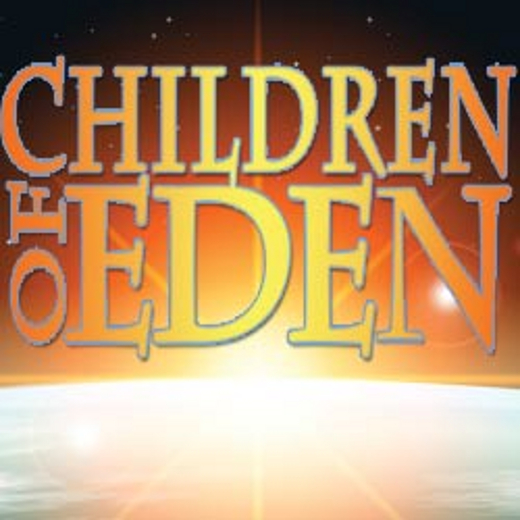
|
Children of Eden
La Comedia (5/8 - 6/15) | |
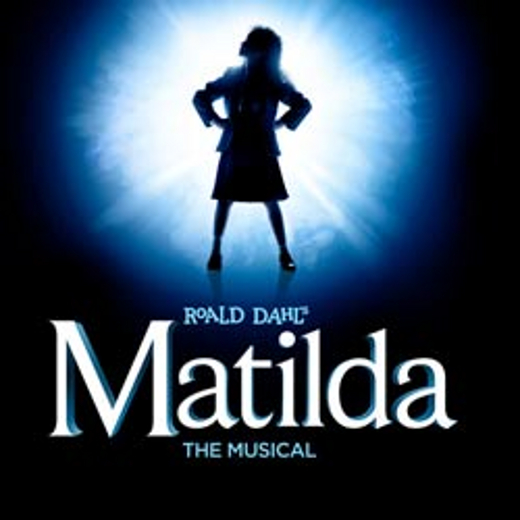
|
Matilda The Musical
La Comedia (6/26 - 8/10) | |
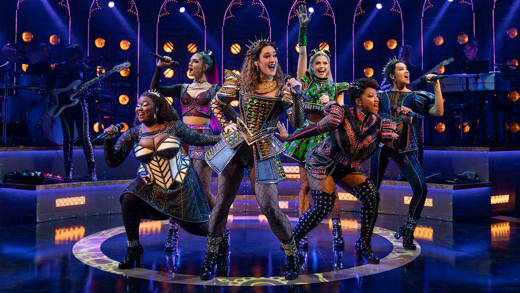
|
Six
Schuster Center (1/14 - 1/19) | |
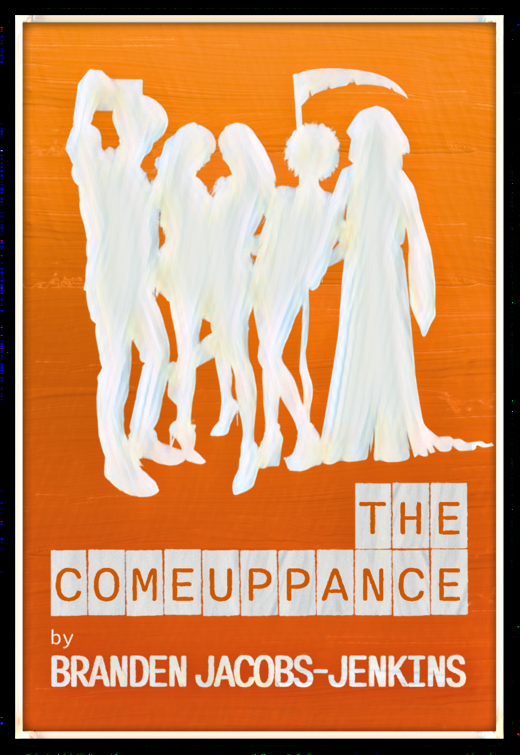
|
The Comeuppance
The Human Race Theatre Company (5/27 - 6/8) | |
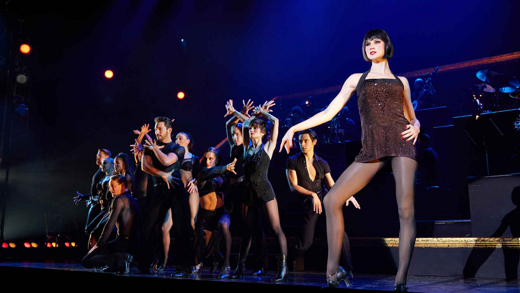
|
Chicago
Schuster Center (2/4 - 2/9) | |

|
A Distinct Society
The Human Race Theatre Company (2/5 - 2/16) | |

|
Ghost: The Musical
La Comedia (1/10 - 2/9) | |
| VIEW SHOWS ADD A SHOW | ||
Recommended For You



